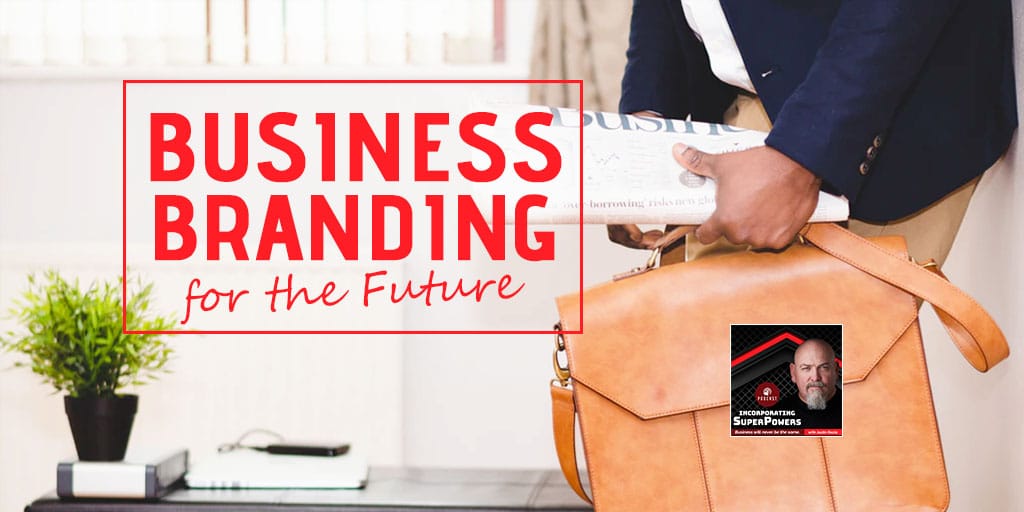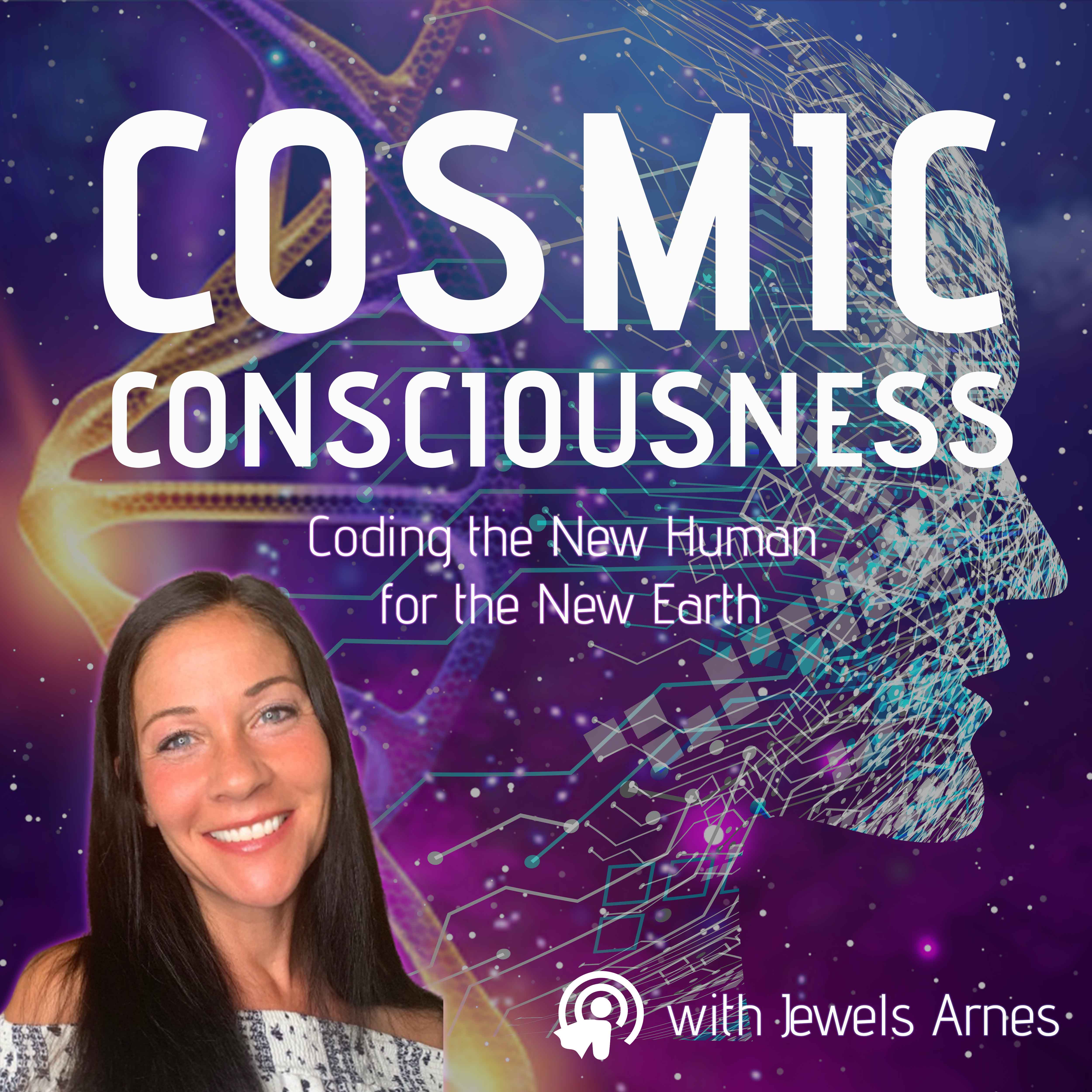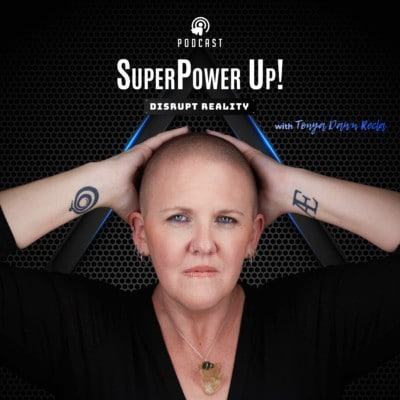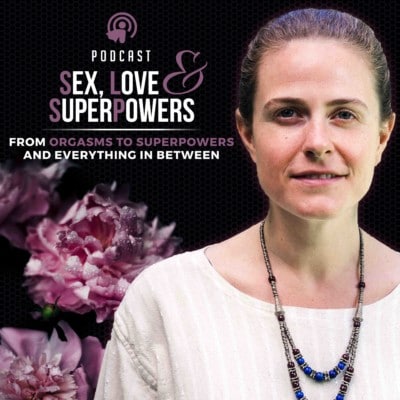

Welcome to another episode of Incorporating SuperPowers. I’m your host, Justin Recla and my guest today is Howard Lim of HOW Studios. You’re going to want to listen to this. If you have a small business and you’re wanting to grow into a big business, if you’re wanting to understand branding better, this is a conversation you’re not going to miss, because Howard has worked for Fortune 500 companies. That’s where he got his start. He’s worked for Apple and all the big boys and now he’s bringing his brilliance into this space right here. Howard, thank you so much for joining the show.
You’re welcome. Pleasure to be here.
This is going to be fun. Folks, we’re going to be talking today about business branding for the future and when I say that, you might automatically think of, “Oh, social media” or “Oh this or Oh that” no, we’re going to take the elephant and we’re going to cut a big slice out of the middle and we’re going to take a look at things a little bit different because what you’re being sold is not actually what works and Howard’s got the secret sauce. So Howard, talk to me a little bit about first, let’s set the parameters here, tell me a little bit more about your background.
Sure, yeah. And we are HOW Studios, but we do businesses as How Creative in the eyes of the consumer. So anyways, yeah, I’ve been doing what I’ve been doing and it’s evolved quite a bit, but started 33 years ago and the first 10 years was really figuring out, with my company, figuring out very complex problems to resolve for the Fortune 500 companies. For example, just one example here is, remember when there was VHS and beta tape?
Yes.
And then they went away and DVD really owned the marketing space as far as a rental for movies. Phillips and MGM hired us to create all the campaigning, why the consumer should use a DVD over VHS and beta tape. And then the rest became history.
Literally. Literally became history.
So, that’s just one of the things that we’ve done and we’ve actually disrupted a lot of industries with our solutions, but now, it’s really in addition, it’s really looking at businesses at a whole now and solving problems that they can’t solve and coming up with solutions for companies to be able to build something that’s super sustainable as well as having massive growth.
Yeah. The approach we were talking about before the show is that your approach is very holistic. I had asked Howard are you creative, are you a strategist? He’s like, “I’m a whole brain person” and he puts it all together, but what we were talking about, more importantly, is having the vision to be able to look forward into the future as to where your business is growing and setting up and establishing a brand that is going to meet the longevity of time, it is super important. So, Howard, we’ve heard all the stories of, “Oh, I’ve got my logo” and people think they’ve got branding. What does branding for the future really look like for anybody in particular, startups, entrepreneurs, mom and pop shops, what does that look like?
Well, it’s actually ultimately, it’s not what you’re saying meaning the company, it’s what every analyst is saying and the future is building that consistency of how you want to be known. Okay? So, it’s positioning yourself, how you want to be known, which is the expectation of the consumer that’s now matched to that experience. So, there’s that consistency of how you want to be known and it’s actually matched to how the consumer experiences you. So, now you have something that can really differentiate and stand out amongst all the noise that’s happening. That’s the ultimate goal is where your business is creating a much bigger, what I call billboard, in the mind and in the heart of the consumer, that takes up a lot more real estate than the competitors.
Yeah. I think one of the biggest issues that entrepreneurs have is that they oftentimes see the solution to the problem that they’re creating, but they don’t necessarily have the perspective of the consumer because they’re the creator, right? And so, it’s hard to put yourself into that mindset and your ability to be able to do that and guide a client through that is, folks, that’s invaluable to have that for your business. That is huge. So, how do you help them then overcome that? Do you strategize with them? Do you kind of get the gist of where they’re wanting to go and then do you reverse engineer it or do you kind of start at the foundation and go forward?
Actually, it’s a three step process they take companies through and you’re right, it starts with a strategy. Usually, it’s three days long and what we’re doing is literally compressing time, what would take decades to figure out as far as your challenges, the solutions, in the area of your business to brand and market, and then figuring it out in three days. What we’re doing is, you’re exactly right, what we’re doing is we’re looking at the potential of the companies, where they want to see themselves in the future, and this could be 50 to a hundred years out easily. And then what I’m doing, you’re exactly right, is I’m reverse engineering of where they’re at now, where they want to go and then how are we going to bridge that gap to collapse time? Okay?
Yeah.
The second component now is once that’s figured out, which I call a master blueprint, is that now we have a way to execute our plan by building the right brand that’s wrapped around that potential so they look world-class from the beginning rather than how most companies do it, they start, they stop, they start, they stop, they figured out they’re missing this piece, they’re missing this piece and you go back to the drawing board and then eventually it ends up costing them far more time and money than they thought. Now the biggest problem is that it costs them customers.
Yeah. Yeah. Well, and we see that on the due diligence side of the house of businesses always chasing the next glorious thing, right? Or it’s a slight shift, but it completely derails where they’re headed or they want to start, well I’m going to call it this and now I’m going to call it that and now I’m going to call it this and I’m going to call it that. No. Pick something that works, but strategize it, work it out because otherwise, one, you’re going to change your logo a gazillion times, one, you’re not your logo, your business is not your logo, but you’re absolutely right, you’re going to spend so much more time and money and energy working on something that is off balance whereas if you just put the foundation in place first and then building on top of that, you’re going to go farther, faster and have bigger impact as well.
Exactly. That’s an opportunity. We have an opportunity to become actually a brand versus a commodity and really a brand, one of the big definitions of branding, if it’s done right, is where you’re building equity and value into the company that’s far greater than a balance sheet. In other words, its future projection of the actual intellectual property is tangible/intangible how you’re actually recorded in the mind of the consumer. To take this in a simpler way, it’s like Coca-Cola, right? If you see a Coca- Cola bottle, people know what that stands for, right? You hear the name, they see the color red, those all become triggers as far as what the brand stands for and that’s what’s called the actual assets to build that value in equity over time.
Yeah, and that’s again, it’s something that can be difficult for the person that created it to see because they might be able to see it up to this level, right? And there’s this level and this level and this level and this level. There’s nothing wrong. If you want to get out and you want to exit here and whatnot, that’s fine. Then build it so it’s up to that point, but even there, knowing that you’re building towards an exit, you still have to have that foundation strategy that it’s built upon. Howard, we’re going to dive down this rabbit hole a little bit further because we’re going to dive into more of the, what does the future of marketing look like? What does branding your business for the future look like? Right after the break, but before we go on break, Howard, where can people go learn more about you?
Basically, the URL is very simple. It’s HowCreative.com. My email is simple, it’s [email protected] and the phone number is (310) 455-0389.
Perfect. And you could also go find his report because he does operate a transparent business, operates in transparency in the clear business directory. Make sure you go check that out, everything you need to know and this interview right here going to help you take stuff to the next level. Stay tuned. We’ll be right back.
To listen to the entire show click on the player above or go to the SuperPower Up! podcast on iTunes.
Podcast: Play in new window







